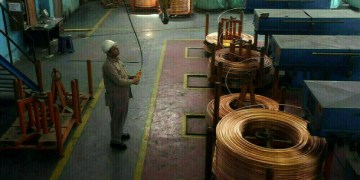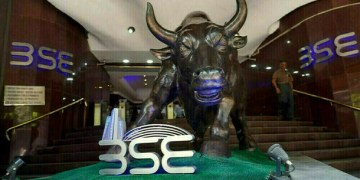Investing.com – Crude oil prices settled higher on Wednesday after data showed crude stockpiles fell for the fifth straight week, while the ongoing North Sea Forties pipeline outage continued to support sentiment.
On the New York Mercantile Exchange for January delivery rose 0.89% to settle at $58.09 a barrel, while on London’s Intercontinental Exchange, rose 1.02% to trade at $65.45 a barrel.
Crude oil prices notched their biggest gain of the week so far following an Energy Information Agency (EIA) inventory report showing crude stockpiles fell more-than-estimated while the build in gasoline inventories eased.
Inventories of U.S. crude fell by roughly 6.5 million barrels for the week ended Dec. 15, beating expectations of 3.8 million barrels.
Gasoline inventories – one of the products that crude is refined into – by 1.2 million barrels, below expectations for rise of 1.9 million barrels, while supplies of distillate – the class of fuels that includes diesel and – by 769,000 barrels, confounding expectations for a fall of 870,000 barrels.
Upward momentum in crude prices, however, was capped somewhat by rising US production as domestic producers seek to capitalise on an increase in demand for crude over Brent oil amid the widened spread between the two measures.
The EIA figures on Wednesday showed U.S. oil production jumped to 9.79 million barrels a day, while exports rose 1.86 million barrels a day, near record highs.
Brent prices have been largely supported by the shutdown of the Forties pipeline, which carries 40% of North Sea crude oil, and is expected to remain out of operation for weeks. Ineos, operator of the Forties pipeline, said Tuesday that the timeframe for the fix remained two to four weeks starting from Dec. 11, the date of the shutdown.
Fusion Media or anyone involved with Fusion Media will not accept any liability for loss or damage as a result of reliance on the information including data, quotes, charts and buy/sell signals contained within this website. Please be fully informed regarding the risks and costs associated with trading the financial markets, it is one of the riskiest investment forms possible.
Source: Investing.com




























